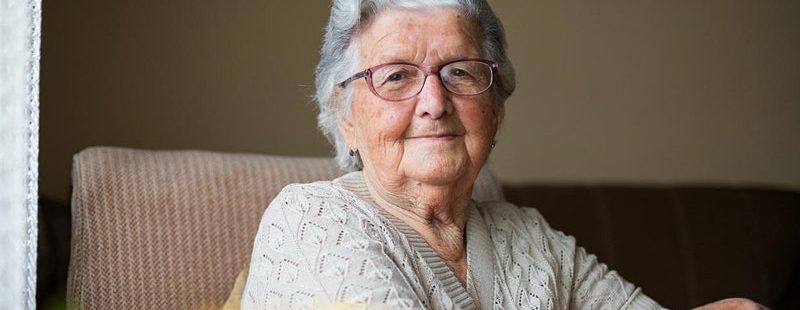Last week we brought together over 150 organisations to share their experiences of working to tackle loneliness during the Coronavirus lockdown. In this blog Kate Jopling shares just some of the things we learnt in the session.
Adaptation, adaptation, adaptation
Most organisations had been working with people face-to-face up to the point of lockdown, so March and April saw a period of rapid adaptation. We heard about arts projects working out how to deliver at a distance, peer support groups shifting to digital, and many organisations taking on new roles providing practical, emergency support to the most vulnerable individuals. Demand for services has rocketed, with nearly half our participants providing services to new people, often with severe and complex needs. Only a minority were able to continue their provision unaffected.
Organisations were proud of how they’d responded, and the amazing way that staff and volunteers had stepped up – but they were also clear that this came at personal as well as financial cost.
Low-tech and no-tech
Organisations were acutely aware of the digital divide and the need to offer offline alternatives. As well as the many older people who are not online, we were reminded that the digital divide is about access and cost, of data as well as kit. We heard that many younger people were digitally excluded, as were homeless people, refugees and people with English as second language. We also heard that some people just didn’t want to connect online (a sentiment which feels increasingly familiar!).
Many participants were using the telephone to reach people, but often this meant replacing group activities with one-to-one support, changing the nature of the interaction as well as requiring more staff / volunteer time. There were concerns about what would happen when new volunteers return to work, but the people they are calling remain in isolation.
We also heard about a number of schemes working by post, sending people postcards and letters to maintain a sense of connection, or sharing activity packs such as craft projects, or seeds to plant.
Something to talk about
Most organisations were concerned that these new ways of connecting through lockdown may not be sufficient to stave off loneliness in the longer term. Where connections already existed, moving contact online or to the telephone seemed to be working OK, but it was much harder for people to strike up new relationships based only on telephone calls or online contact. We also heard that befrienders were finding it increasingly difficult to keep conversations going as lockdown continues.
Some organisations reported that matching people up around shared interests, using conversational prompts like memory sharing, or joint activities such as knitting together were helping to support more meaningful connection.
With people, not for them
A big concern among the organisations joining our workshop was that in the rush to respond to the crisis, we risked disempowering people with a narrative of ‘vulnerability’.
Organisations told us about the importance of asking people about their interests, wishes and needs – so that they can “tell their stories rather than just let you know what’s on their shopping list”, We heard about how organisations were working with people to define their own solutions, even within the more limited range of options now available. We know that meaningful relationships come from being involved, and organisations told us that wherever possible they were working to enable mutual support, and real connection.
An unknown future
Finally, organisations talked about the future. They told us they were seeing growing anxiety and mental health issues, unaddressed loss, and divisions between those who had found ways to stay connected and those who were increasingly isolated. People who already lacked a support network are now displaying increasingly complex needs.
They said they were unclear about when they might be able to restart face-to-face support and what that might look like. They expressed concern that while need would be greater in future, the voluntary and community sector’s capacity was likely to shrink. But they also told us that they were heartened by the new spirit of collaboration they’d seen between agencies; how the crisis had enabled them to get in touch with people they’d not previously reached; and how they’d found new ways to deliver services that they’d not thought possible before.



.png)


No comments on this article yet. Please feel free to submit a comment below.
By submitting a comment you grant Campaign to End Loneliness a perpetual license to reproduce your words and name/web site in attribution. Inappropriate and irrelevant comments will be removed at an admin's discretion. Your email is used for verification purposes only, it will never be shared.